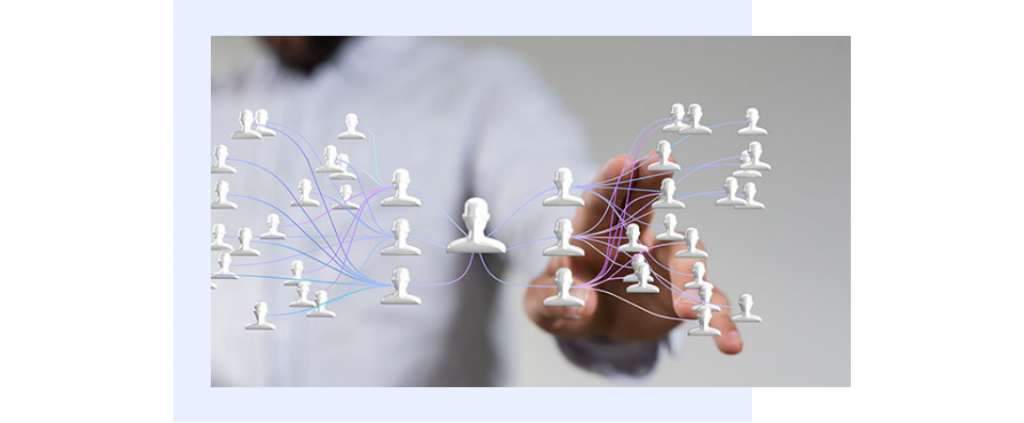One of the great dilemmas faced by Workforce Management (WFM) analysts is what criteria to use to distribute interactions. What is more cost-effective and productive: having agents who specialize in certain contacts, or agents who can handle a wider universe of interactions?
Specialized agents or multi-skill agents, that is the question. Like almost everything in this world, and most particularly WFM, the resolution of this dilemma is not linear, and depends on multiple factors. But it is surely worth the effort, as not inconsiderable optimizations can be achieved.
In this article we will analyze the advantages and challenges of each scenario, so that you can choose the one that best suits the characteristics of your contact center.

Dedicated agents vs multi-skill agents
En la era del Call Center, con el teléfono como único canal de contacto, los agentes se clasificaban según un solo criterio de partición: el tipo de campaña que atendían. The staff was organized into inbound agents (specialized in inbound calls), outbound agents (specialized in inbound calls), outbound agents (especializados en llamadas salientes) y los llamados “blend” (que atendían ambos tipos de llamadas).
With the advent of multichannel and the transformation of Call Centers into “Contact Centers”, another factor is added to this partition: channels. Therefore, the classification of agents according to the type of interaction becomes more complex.
Agent skills involve:
– The dominance of certain channels (phone, chat, email, social networks and recently video call)
–Also from certain areas of the company’s knowledge (not only the division between departments such as support, sales and recovery, but also between specific topics according to the complexity of the organization).
Beyond the possible combinations of skills in an agent, we find two major roles:
>>Specialized agents: Focused on serving a single channel or some specific issues within the company.
>>Multi-skilled agents: Agents with the necessary skills to serve multiple channels or multiple knowledge areas of the company.
Let’s look at the advantages and disadvantages of each equipment configuration.
Multi-skilled agents
Advantages:
– If agents are available there are no contacts waiting. If the entire team of agents in a contact center were multi-skill – that is, all agents can handle all incoming interactions – it is more likely that when an interaction arrives, there would be an agent to handle it.
– Better experience. If a customer is contacted for multiple issues, there is no need to transfer, generating an improvement in the attention for this type of contacts.
– Contact center sizing becomes easier.
Disadvantages:
– Costos y tiempos de capacitación. Garantizar que todos los agentes sean capaces de atender cualquier canal o cualquier tema, implica un costo elevado de capacitación. En organizaciones complejas, con muchas áreas y gran volumen de interacciones diarias, que un operador sea capaz de resolver absolutamente todos los casos es casi impensable. O requeriría una amplia experiencia en el cargo, con sus respectivos costes salariales.
–Lack of focus. It is more difficult to achieve task efficiency when each task is different.

Specialized Agents
Advantages:
–Efficiency. If an agent is dedicated to only one type of channel or area, his attention will surely be more efficient. At the moment of attending the contact, he/she already knows that the inquiry is from his/her area of expertise. expertise and in case it needs support from a system, it already has it open in the correct module and handles it from memory. Therefore, an improvement in key indicators such as TMO (Mean Time of Attention) and FCR (First Call Resolution) is expected.
–Less training. Training costs are lower, since a less extensive onboarding process is not required for new agents. This is especially relevant when turnover is high and does not warrant lengthy training.
–The right task. Another advantage of specialization is being able to assign tasks according to one’s profile. Someone who is shy or has poor diction may be excellent at answering in writing, and someone who is a good speaker may be messy or slow at writing.
–Simple sizing. Interestingly, in this other scenario the sizing is also simple, although more fragmented.
Disadvantages:
–Longer waiting time. The main disadvantage of having specialized agents is that the availability to attend interactions decreases. This happens because it is more likely that an interaction arrives that the agent is not able to resolve. There could be the uncomfortable case of have a queue of waiting contacts and idle agents at the same time. As a result, customers will have longer waits in line or may even have to call more times to be served.
Multi-skill or specialization – which is the best solution?
The best thing about it is that you don’t have to choose – it’s possible to combine elegantly! In our experience providing WFM technology solutions, we consider thatopting for a hybrid system is the best way to take advantage of the benefits of both scenarios (availability of care and efficiency in resolution at the lowest possible cost).

What does a hybrid interaction distribution system look like?
The staff is made up mostly of specialized agents who take the majority of interactions. This favors a high and agile resolution of cases. The level of specialization should be such that the same contact is unlikely to be handled by more than one agent.
But at the same time, to ensure availability of care, the staff includes a group of “multi-skill” or “multi-tasking” agents., able to serve a broader set of contacts. More training time is dedicated to these agents, so that they can provide support in multiple cases or channels.
These agents fulfill the fundamental function of providing support when the number of interactions exceeds the attention capacity of the specialized agents. Thus, it is possible to maintain satisfactory service levels even when there is an atypical workload. It is essential to configure the routing of interactions so that these backup agents only receive interactions once primary care is saturated.
A side effect of a distribution such as the one proposed is that multitasking agents have little activity as long as there is no saturation. One way to mitigate this problem is toassign them tasks that can be performed during the wait, such as answering emails.
How to implement the perfect alignment for your contact center?
Each company will define the most efficient and profitable scheme for its contact center operation, according to its structure and the historical analysis of the type of inbound interactions and agent performance.
It is known that classic Erlang is not suited to multi-skill sizing and that is probably one reason why such approaches are avoided. To obtain an accurate forecast of the volume of interactions and availability needed for efficient care, it is very beneficial to rely on a WFM technology that allows simulating scenarios and also allows organizing shifts depending on the skills and performance levels of each agent.
I hope I’ve convinced you that it’s worth the effort!




